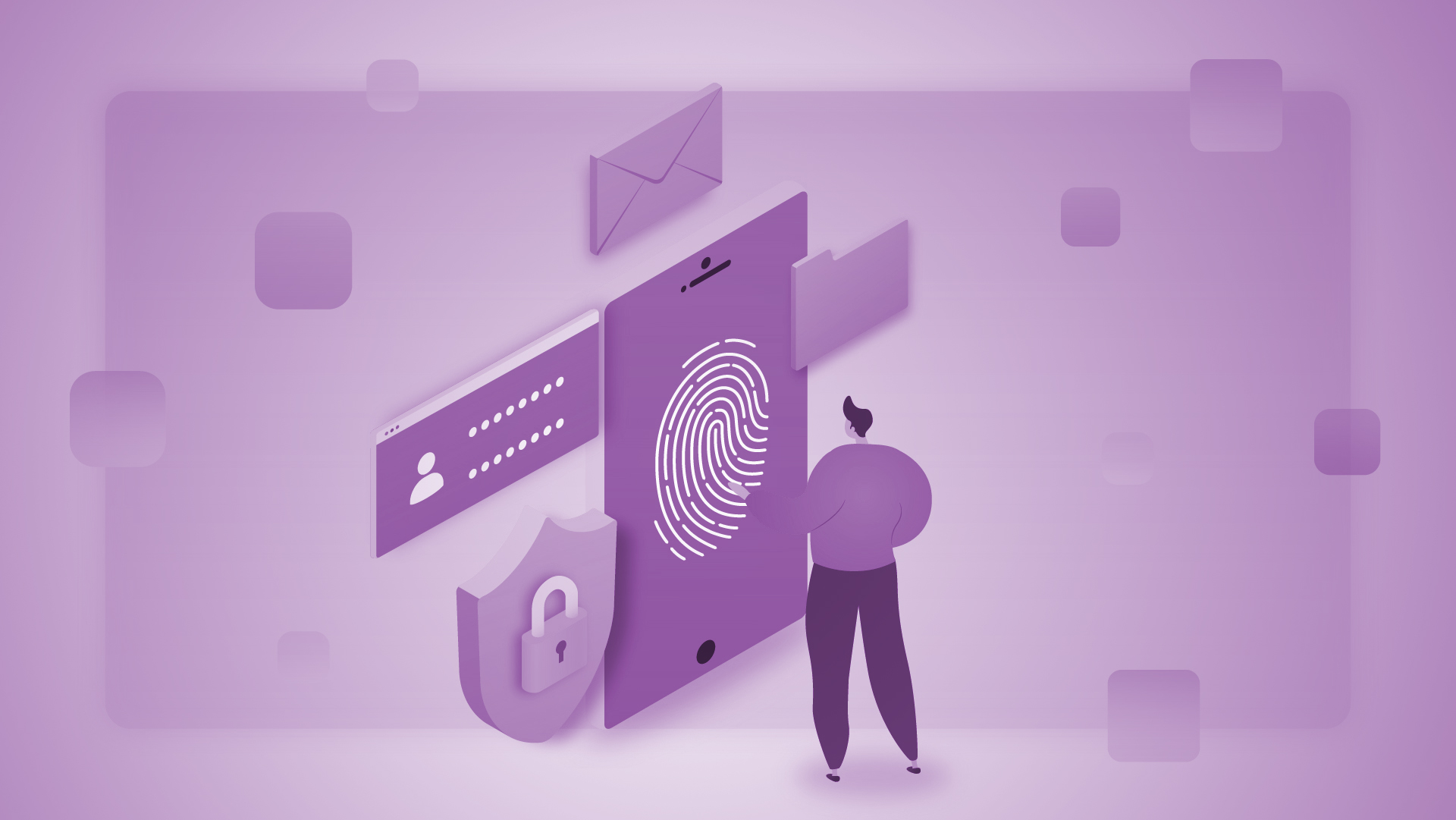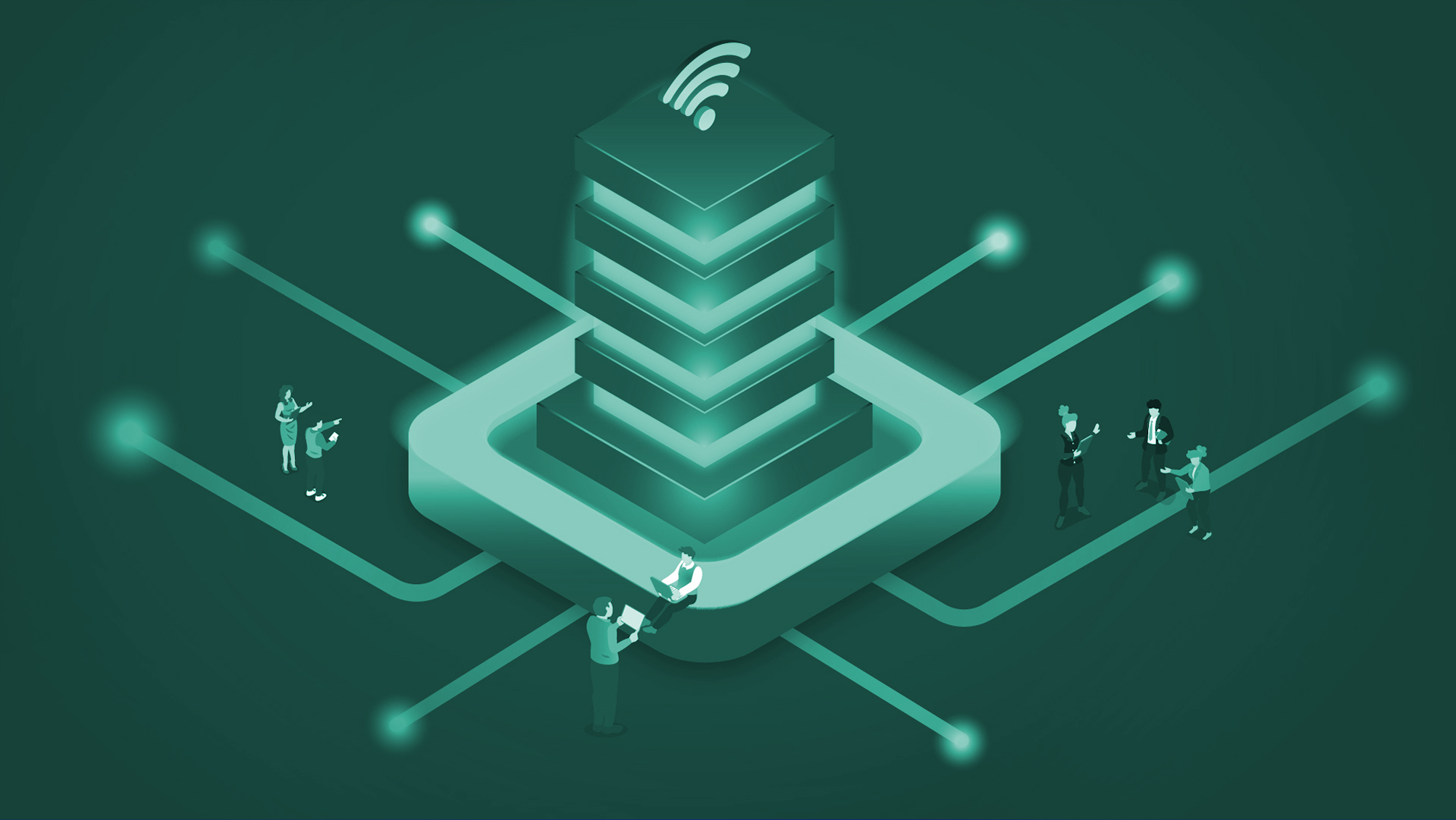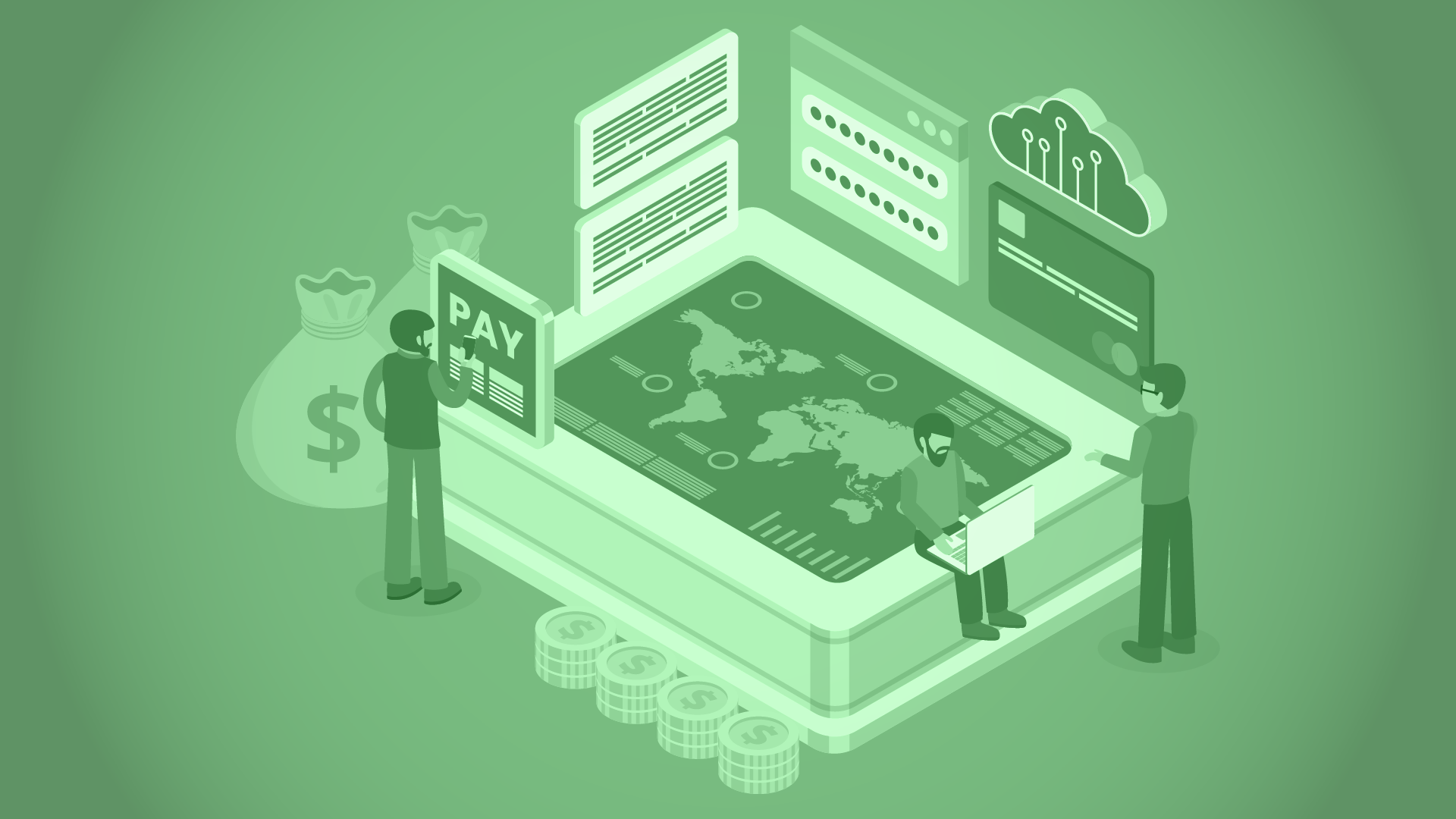Once the idea of working from home was lauded as the panacea for the modern workforce: no more crowded cities, packed commuter trains and gridlocked highways, thanks to the miracle of high speed internet.
Then the pandemic hit, and we were plunged into a world-wide working from home experiment. Would it actually be the saviour of the employee – bringing about a revolution in work-life balance and high productivity? Or would it usher in a new age of intense digital scrutiny, where constant workplace monitoring and continuous hyper-focused interactions led to a growing sense of dread amongst those isolated in their homes.
If your experience sounds more like the latter than the former, you may be experiencing technostress – the negative psychological link between people and the introduction of new technologies.
What is technostress?
Technostress is the feeling people experience when they cannot adapt to or cope with digital technologies in a healthy manner. This can take on many forms, such as the compulsive need to stay connected, to be available at all times and to respond to any notifications instantly.
Technostress can manifest with physical symptoms, such as increased anxiety, trouble sleeping, irritability and frustration, and is often linked to specific devices (such as having a spike of anxiety when your phone rings).
What causes technostress?
While working from home, technostress can often arise when employees cannot properly disconnect from their work. This was especially problematic during lockdown, where people could not leave their homes or could only leave for limited periods.
However even as lockdowns eased, levels of technostress did not decrease. This is largely due to the lack of proper training for management teams in how to properly deal with teams that work remotely.
Rather than extending trust to their employees and ensuring that people were taking effective breaks, many managers increased digital monitoring, forced pointless meetings, and demanded workers be reachable at all hours via email.
Working from home also meant suddenly adapting to a wide range of new technologies, most notably with video conferencing. The lack of standardization within these technologies was a massive roadblock for many in keeping up with work requirements, leading to increased anxiety and uncertainty for employees.
The 5 forms of technostress
There are 5 main conditions in which technostress can arise.
- Techno-overload – when new technologies force people to work more and work faster.
- Techno-invasion – where people are constantly connected and can be reached anywhere, anytime.
- Techno-complexity – where technologies become so complex that employees spend more time and effort learning how to use new applications (and update their skills) than actually doing their jobs.
- Techno-insecurity – where employees feel threatened about losing their jobs to people with better knowledge and understanding of the latest technologies.
- Techno-uncertainty – where the rapid pace of change in digital technologies causes employees to disengage with new systems and software. Why bother learning the new way when a newer way will become available soon?
How to treat technostress in the workplace
Technostress in the workplace is often a result of poor management practices and a lack of trust in one’s employees. How the technostress manifests is related to the specific practices of the business in question, but can typically be considered in one of three ways:
Personal Technostress
Personal technostress in the workplace is often the result of having to utilise and engage with a wide variety of technology that is outside the scope of the employees role or skill set.
This personal technostress can be treated by ensuring that technologies are well designed and compatible to the employee’s role within the company. Similarly, unnecessary technologies are to be avoided.
By reducing the amount of information received by the employee to only that which is appropriate to their role and tasks, you can reduce the level of anxiety and positively affect work performance.
Management Technostress
Management technostress arises through the use of technology for constant monitoring, commonly via video conferencing or time tracking software. This software can even allow employers to access employees webcams to monitor them visually, or track their keystrokes and web usage.
While some industries may deem these necessary, they inevitably lead to distrust and uncertainty amongst employees. If you notice a drop-off in employee performance, the answer might actually be more trust and less technology, rather than the opposite.
Social Technostress
Social technostress arises from the need to be always connected – always reachable via phone, email or instant messaging – and then responding instantly to any notification.
Where this requirement is coming from an employer, the solution is to maintain a strict understanding of work hours, and to only contact employees within these. The employee in turn must only engage with work activities and notifications within these hours.
It is important for employees to share the same set of rule and regulations for how, when and what to communicate, particularly if employees are working from different timezones.
Defining these boundaries and setting the proper time and place for communications reduces techno-invasion, while setting the communication method and type of information reduces techno-overload.



